Polar bears are the largest land carnivores and are known for their incredible strength and agility. In this article “how strong is a polar bear”, we will explore the different aspects of polar bear strength, including why they are so strong, their bite and swipe force, their speed, and how they compare to other animals, such as grizzly bears and gorillas.
How strong is a polar bear
Polar bears are incredibly strong animals, with a bite force of 1,235 PSI and a paw swipe force of up to 59,500 lb-ft/s. Their incredible strength is a result of evolution and adaptation to their harsh Arctic environment, which requires them to hunt and kill marine mammals for survival. The largest land carnivores, polar bears are massive mammals and often weigh over 1,000 pounds. Their size and agility, combined with large paws, long claws, and incredible jaw strength, make them one of the strongest predators in the world.
Why Are Polar Bears So Strong
Polar bears are the largest and strongest bear species, and their incredible strength can be attributed to various anatomical adaptations that have evolved over time to help them survive and thrive in their harsh Arctic environment. Following are the key anatomical features that contribute to the polar bear’s impressive strength.
Muscular System:
Polar bears possess a highly developed muscular system, particularly in their limbs, which enables them to exert significant force. Their powerful forelimbs and hind limbs allow them to swim, run, and deliver powerful swipes with their paws. Their robust shoulder and neck muscles enable them to drag and carry large prey, such as seals, with relative ease.
Skeletal System:
The polar bear’s skeletal system is designed to support their large body mass and facilitate their strength. Their bones are dense and robust, providing a sturdy framework for their muscular system. Their spine is also strong and flexible, allowing for a wide range of motion, which is crucial for hunting and navigating their environment.
Large Paws and Claws:
Polar bears have large paws, measuring about 12 inches across, which serve as powerful tools for swiping and grasping their prey. These paws distribute their body weight evenly across the ice, helping them maintain balance and traction. Additionally, their long, sharp claws, which can measure up to 3.75 inches, are capable of gripping the ice and tearing through the flesh of their prey.
Jaw Structure and Teeth:
Polar bears have a powerful bite force of 1,235 PSI, which can be attributed to their strong jaw muscles and specialized teeth. Their canine teeth are long and sharp, measuring up to 2 inches, while their molars are adapted for shearing and crushing bones. Despite their structurally weaker skulls compared to grizzly and brown bears, polar bears have evolved to efficiently hunt seals by thrusting their heads into breathing holes in the ice.
Adaptation to Harsh Environment:
Polar bears have evolved to survive in one of the most extreme environments on Earth. Their strength and agility are essential for hunting seals and other marine mammals that make up the majority of their diet. The harsh Arctic conditions have forced polar bears to develop remarkable physical capabilities, contributing to their overall strength and endurance.
High Energy Demands:
The high energy demands of polar bears’ daily activities, such as hunting, swimming, and navigating their environment, have led to the development of their impressive strength. These energy demands require a strong and efficient muscular and cardiovascular system to maintain their stamina and agility.
How strong is a polar bear swipe?
A polar bear’s swipe force can reach up to 59,500 lb-ft/s, which is the equivalent of approximately 1,850 pounds of force. This powerful strike, combined with their large paws and long claws, allows them to crush a seal’s bones and slice through its skin with ease.
How strong is a polar bear bite?
Polar bears have the most powerful bite force of all bears, with a jaw strength reaching 1,235 PSI. This powerful bite enables them to efficiently kill their prey, but their skull morphology can be a disadvantage when compared to other bear species, such as grizzly bears, which have stronger skulls.
How strong is a polar bear’s nose?
There isn’t specific information available regarding the strength of a polar bear’s nose. However, their sense of smell is incredibly powerful, allowing them to detect seals and other prey from miles away, even through thick layers of ice.
How much can a polar bear lift?
While there isn’t specific data available on how much a polar bear can lift, their immense strength and size make it likely that they can move or lift substantial amounts of weight when necessary, such as dragging large prey or breaking through ice.
How fast is a polar bear?
Polar bears are fast runners and can reach speeds of up to 35 miles per hour on land and up to 6 miles per hour in water. This speed allows them to catch their prey efficiently and escape potential threats.
Polar bear strengths and weaknesses:
Strengths:
- Powerful bite force (1,235 PSI)
- Strong paw swipe force (up to 59,500 lb-ft/s)
- Fast running speed (up to 35 mph on land)
- Excellent swimming abilities (up to 6 mph in water)
Weaknesses:
- Weaker skull structure compared to grizzly bears
- Vulnerability to climate change and loss of habitat
Polar bear vs Grizzly Bear
Polar bears are larger and stronger than grizzly bears, with a bite force of 1,235 PSI compared to grizzly bears’ 975 PSI. Polar bears also have a more powerful swipe force (up to 59,500 lb.-ft./s) than grizzly bears (up to 47,600 lb.-ft./s). However, grizzly bears have a more robust skull structure, which can give them an advantage in a fight. Both species are fast runners, with polar bears reaching speeds of up to 35 miles per hour and grizzly bears running between 25 and 28 miles per hour. Despite these differences, polar bears often display submissive behavior towards grizzly bears in the wild, and aggressive interactions are rare between the two species.
Are polar bears stronger than grizzly bears?
Technically, polar bears are stronger than grizzly bears, with a more powerful swipe force and stronger bite force. However, due to their flattened skull structure, polar bears may not always win in a fight against grizzly bears, which have stronger skulls and can use their maximum bite force more effectively.
How strong is a polar bear compared to humans?
Polar bears are about eight to ten times stronger than humans. Their bite force is about eight times stronger than the bite force of an average man, and their swipe force is about ten times stronger than the swipe force of a human.
Polar bear vs Gorilla
While there isn’t any direct evidence of a confrontation between a polar bear and a gorilla, we can make some comparisons based on their respective strengths and abilities. Polar bears are significantly larger and heavier than gorillas, with adult males weighing between 550 and 1,700 pounds, while male gorillas typically weigh between 300 and 400 pounds. Polar bears also have a more powerful bite force (1,235 PSI) compared to gorillas (around 1,300 pounds of force).
Gorillas, on the other hand, are known for their incredible upper body strength, which is estimated to be six times stronger than that of a human. They are also highly intelligent and capable of using tools and strategies to defend themselves. However, due to the significant size and strength difference between the two species, it is likely that a polar bear would have the advantage in a hypothetical encounter.
Polar bears are among the strongest and most formidable predators on the planet. Their incredible strength, powerful bite and swipe forces, and agility make them highly efficient hunters in their Arctic environment. However, their strength and size do not guarantee victory in every encounter, as their skull structure can be a disadvantage when compared to other bear species, such as grizzly bears. While it is intriguing to compare polar bears to other animals like gorillas, it is essential to remember that these species have evolved and adapted to their unique habitats and ecological niches, and it is unlikely that they would ever cross paths in the wild.

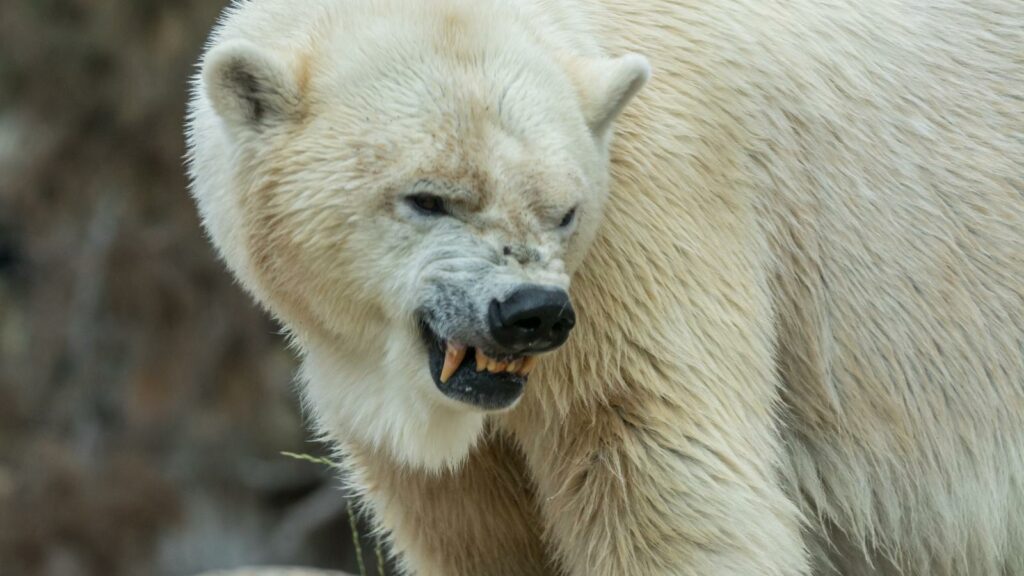
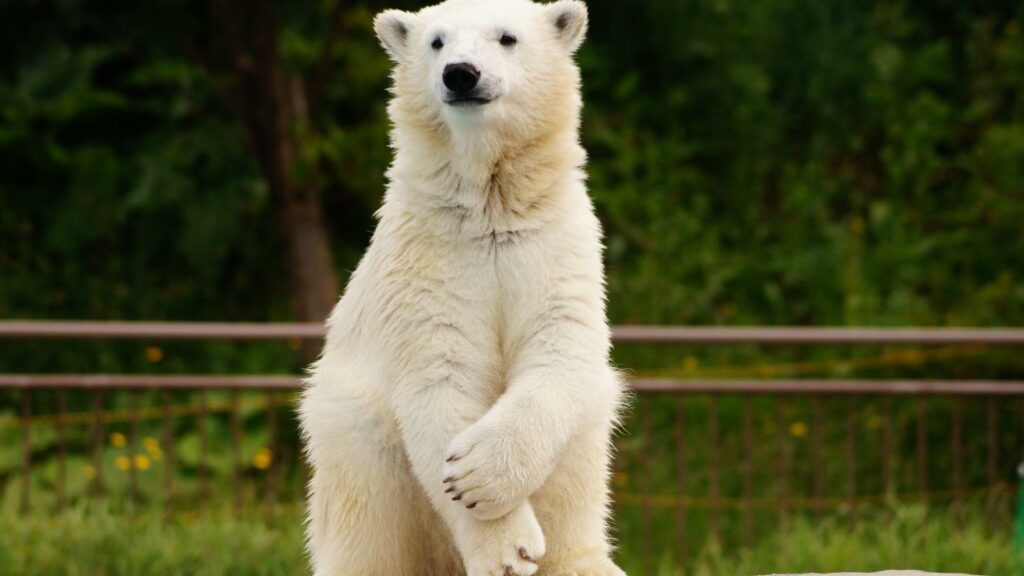

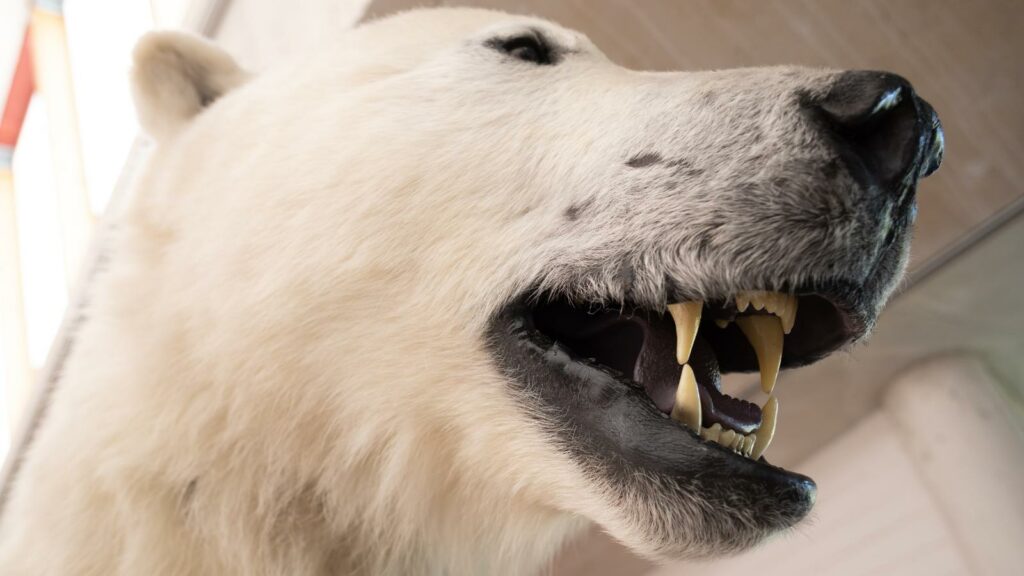
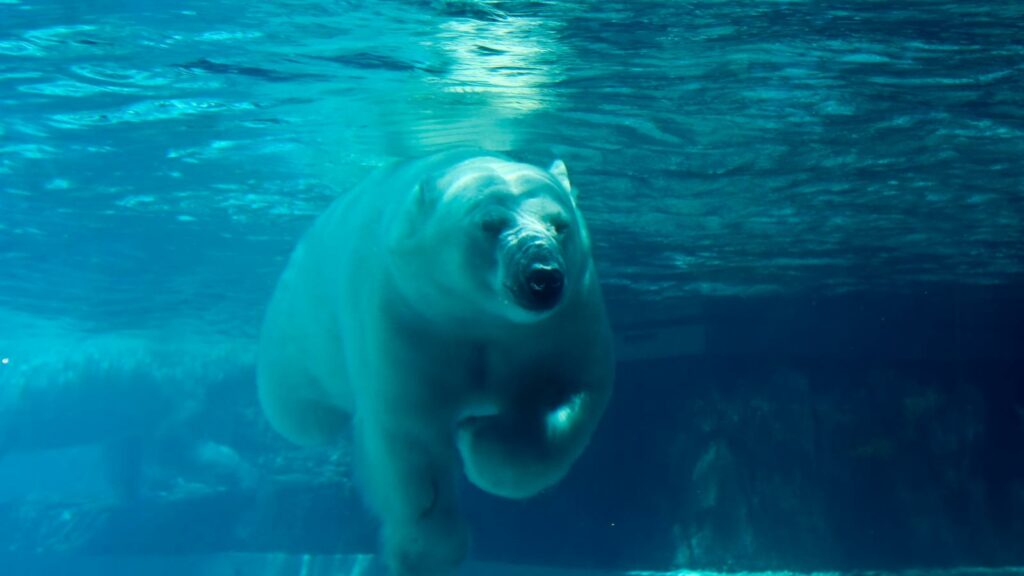
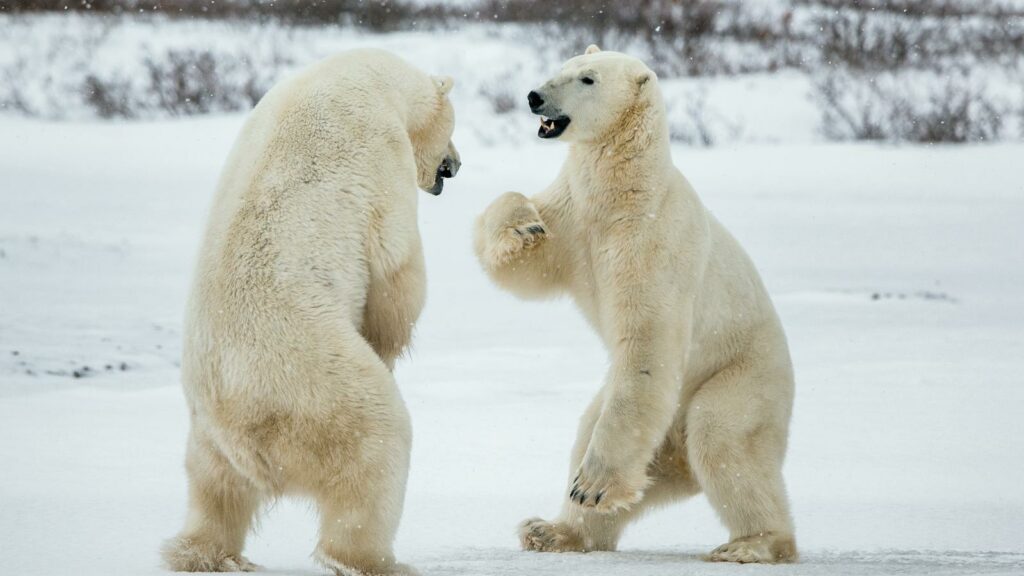
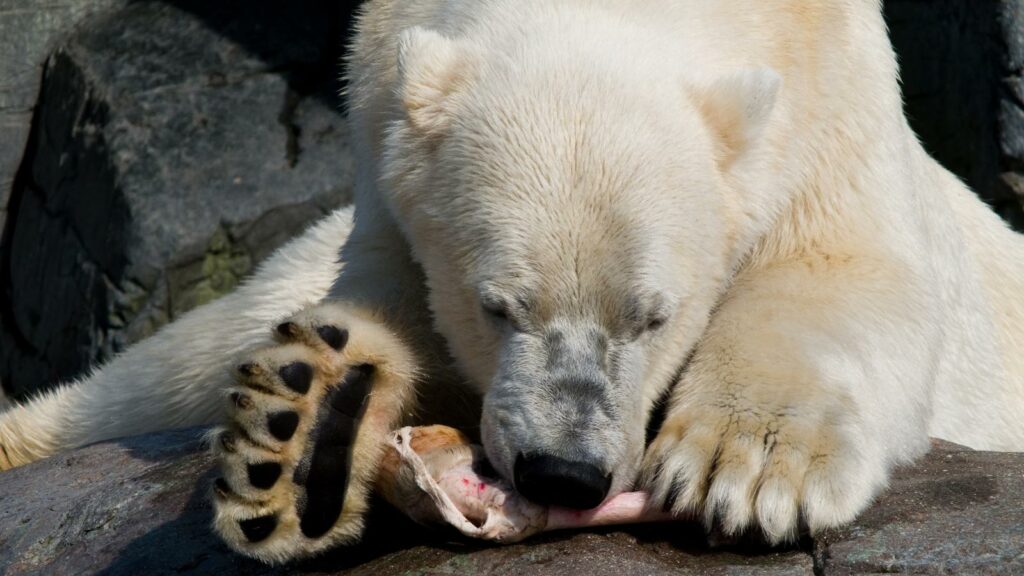

Leave a Reply